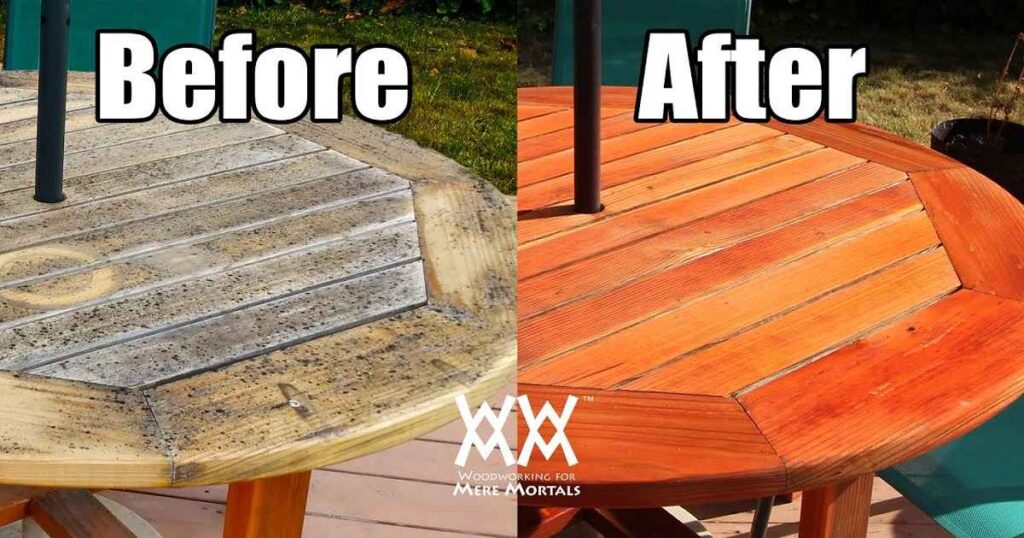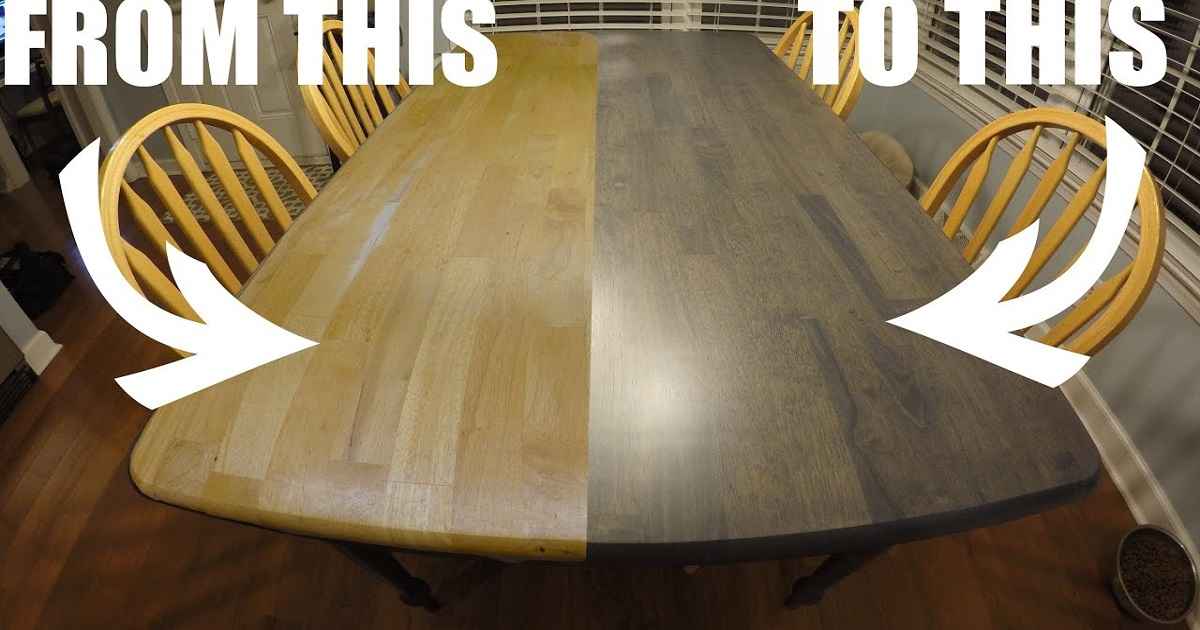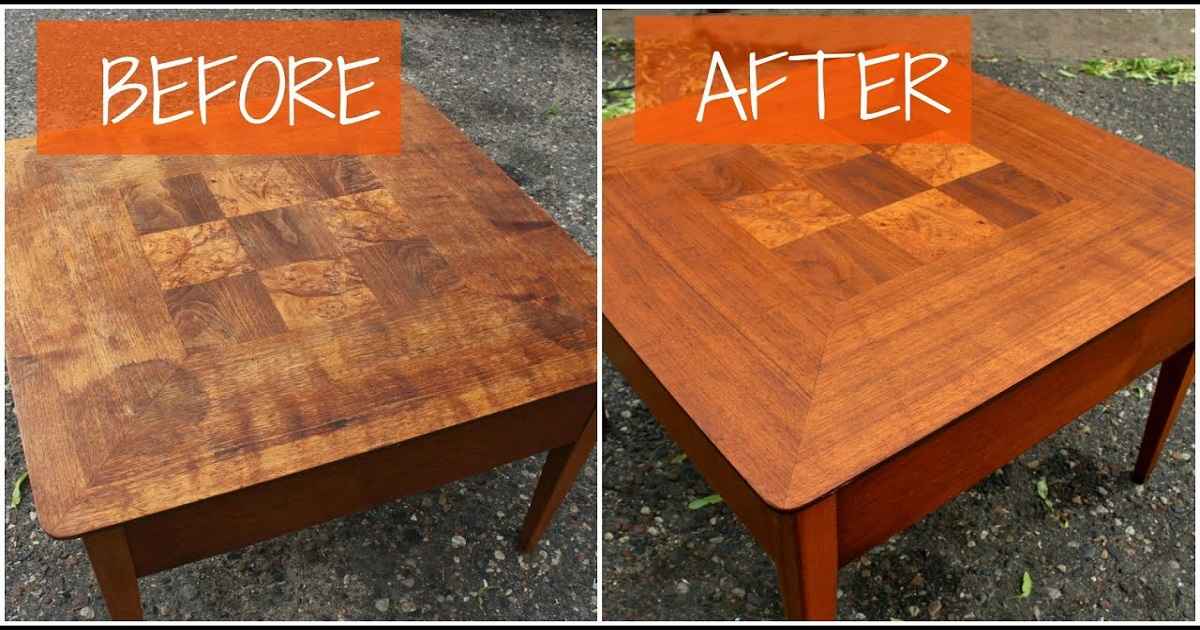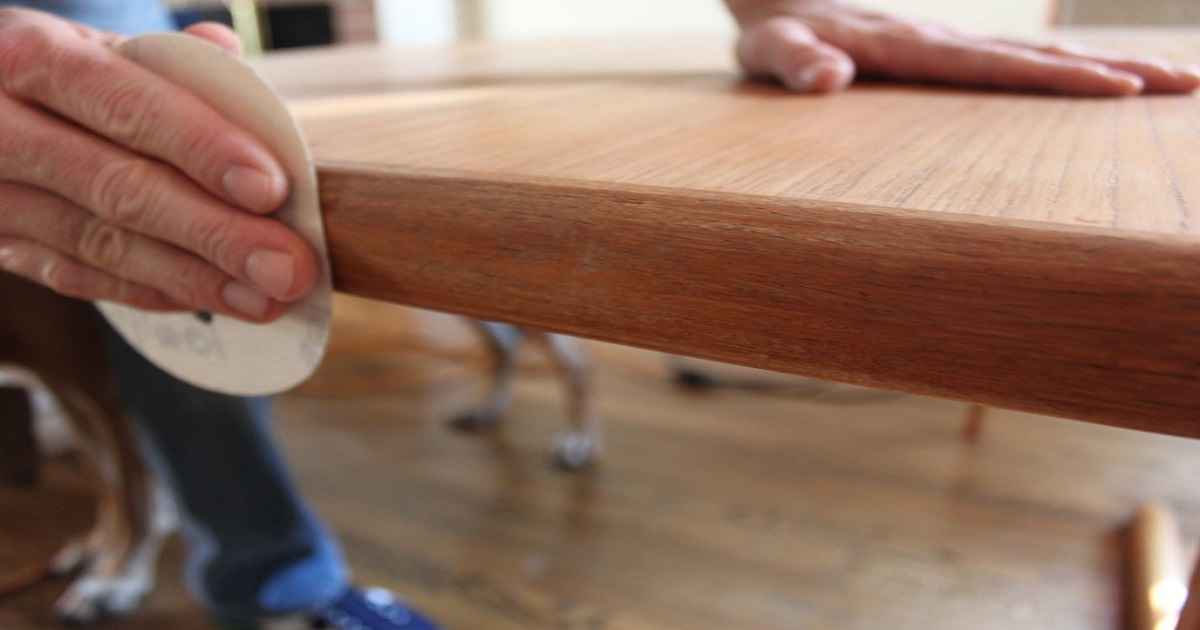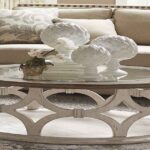How To Refinish Wood Patio Furniture
Complete Guide to Refinishing Wood Patio Furniture
Refreshing your wood patio furniture not only enhances the beauty of your outdoor living area but also extends the life of your pieces. This detailed guide will take you through every step of the refinishing process, ensuring that your wood furniture looks its best and withstands the test of time.
Understanding the Refinishing Process
Refinishing wood patio furniture involves several steps, from initial assessment and cleaning to repairing, sanding, applying a new finish, and protecting the furniture with a sealant. Each step is crucial for achieving a durable and attractive finish.
Initial Assessment
Examine your furniture closely to identify any issues such as cracks, rot, loose joints, or degraded finish. Determine whether the furniture is worth refinishing; if structural damage is extensive, replacement might be a more cost-effective option.
Required Materials and Tools
Collect all necessary materials before starting:
- Sandpaper (coarse, medium, and fine grit)
- Power sander (for larger surfaces)
- Quality wood cleaner
- Brushes and soft cloths
- Wood filler for repairs
- Paint stripper (if removing old paint or varnish)
- Safety gear: gloves, dust mask, goggles
- Primer (for painted finishes)
- Exterior-grade paint or wood stain
- High-quality wood sealant
Step 1: Cleaning Your Furniture
A thorough clean removes dirt, debris, and any loose finish. Use a wood cleaner and a stiff brush to scrub the surfaces gently. For mold or mildew, a diluted bleach solution can be effective. Allow the furniture to dry completely before proceeding.
Step 2: Stripping Old Finish
If your furniture has an old, peeling, or damaged finish, apply a paint stripper according to the manufacturer’s instructions. Use a putty knife or scraper to gently remove the finish. Be patient and careful not to gouge the wood. Sometimes, multiple applications are necessary.
Step 3: Sanding
Sanding smooths the wood and prepares it for the new finish. Start with coarse-grit sandpaper to remove any remnants of the old finish and smooth rough areas. Progressively move to finer grits for a smooth finish. Always sand in the direction of the wood grain to avoid scratches.
Step 4: Making Repairs
Inspect the furniture for damage. Use wood filler to repair cracks, holes, or other imperfections. After the filler dries, sand the area smooth. Tighten any loose screws or joints at this stage to ensure the furniture’s stability.
Step 5: Applying the New Finish
Choose between staining and painting based on your desired look. Staining showcases the wood’s natural beauty, while painting offers a wide range of colors and can provide more protection.
For Staining:
Apply stain with a brush or rag, working in sections and moving along the grain. Wipe away excess stain to avoid uneven shades. You might need multiple coats to achieve the desired color.
For Painting:
Apply a primer first to ensure good adhesion and a smooth finish. Once the primer is dry, apply at least two coats of exterior-grade paint, allowing ample drying time between coats.
Step 6: Sealing the Furniture
Regardless of whether you paint or stain, a clear sealant is vital for outdoor furniture. It protects the wood from moisture, UV rays, and wear. Apply the sealant following the manufacturer’s instructions and allow it to dry thoroughly.
Maintenance Tips
Maintaining your refinished furniture is essential to its longevity:
- Clean regularly with a mild soap and water solution to prevent buildup of dirt and grime.
- Cover or store furniture during extreme weather to prevent damage.
- Inspect annually for signs of wear and apply a new coat of sealant as needed.
Troubleshooting Common Issues
Fading Color:
UV exposure can cause stain or paint to fade. A UV-resistant topcoat can help protect against this.
Peeling Finish:
Moisture intrusion is a common cause. Ensure all surfaces are properly sealed, and recoat any areas that start to peel or show wear.
Mold and Mildew:
Prevent growth by keeping furniture clean and dry. Use a mildewcide in the cleaning solution if you live in a humid climate.
Conclusion
Refinishing wood patio furniture is a rewarding project that not only saves money but also allows you to customize your outdoor space. With patience and attention to detail, you can restore your furniture to its former glory or give it a completely new look. This process not only enhances the aesthetic appeal of your outdoor area but also contributes to sustainability by prolonging the life of your furniture.
